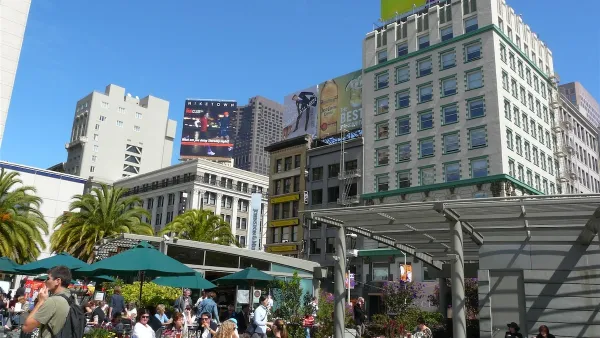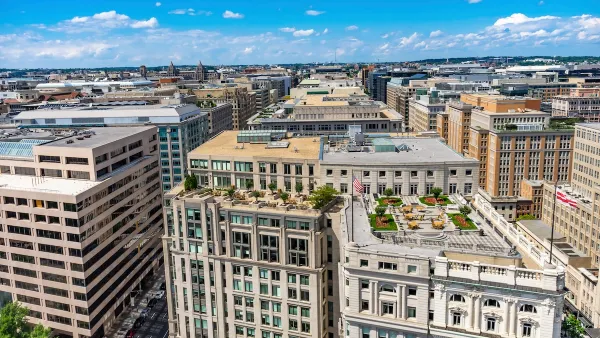Diversity is important to neighborhood commercial areas, but getting the right balance of retail and restaurants without disincentivizing the former is not so simple.
"Restaurants, especially those allowed to serve alcohol, can afford higher rents than neighborhood-serving businesses, like grocery stores, hardware stores, pharmacies and dry cleaners. As bars and restaurants become successful, an area draws more foot traffic, attracting more of those businesses. Landlords can charge higher rent, which pushes out the local businesses. This is basically an economic game theory problem: the most natural equilibrium states are a mostly-vacant corridor on the one hand, and nothing but bars on the other.
Can zoning or other regulations help keep corridors in more of a balance? Is that desirable? One options is to allow market forces to determine the retail mix. But many residents are concerned about their neighborhoods becoming "another Adams Morgan." At the same time, regulation also hampers business, leading to more vacant storefronts. Is there a way to strike a balance, encouraging free enterprise while also maintaining some diversity of store types? "
FULL STORY: Balancing neighborhood retail, part 1: The 25% rule

National Parks Layoffs Will Cause Communities to Lose Billions
Thousands of essential park workers were laid off this week, just before the busy spring break season.

Retro-silient?: America’s First “Eco-burb,” The Woodlands Turns 50
A master-planned community north of Houston offers lessons on green infrastructure and resilient design, but falls short of its founder’s lofty affordability and walkability goals.

Delivering for America Plan Will Downgrade Mail Service in at Least 49.5 Percent of Zip Codes
Republican and Democrat lawmakers criticize the plan for its disproportionate negative impact on rural communities.

Test News Post 1
This is a summary

Test News Headline 46
Test for the image on the front page.

Balancing Bombs and Butterflies: How the National Guard Protects a Rare Species
The National Guard at Fort Indiantown Gap uses GIS technology and land management strategies to balance military training with conservation efforts, ensuring the survival of the rare eastern regal fritillary butterfly.
Urban Design for Planners 1: Software Tools
This six-course series explores essential urban design concepts using open source software and equips planners with the tools they need to participate fully in the urban design process.
Planning for Universal Design
Learn the tools for implementing Universal Design in planning regulations.
EMC Planning Group, Inc.
Planetizen
Planetizen
Mpact (formerly Rail~Volution)
Great Falls Development Authority, Inc.
HUDs Office of Policy Development and Research
NYU Wagner Graduate School of Public Service




























